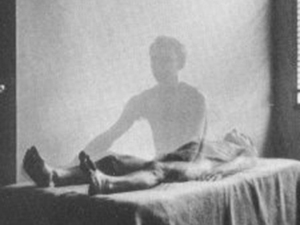Near Death Experiences, Explained?
The following is a very compelling article about NDEs from Salon…
Near death, explained
New science is shedding light on what really happens during out-of-body experiences — with shocking results.
by Mario Beauregard
(This article was adapted from the new book “Brain Wars”, from Harper One.)
“In 1991, Atlanta-based singer and songwriter Pam Reynolds felt extremely dizzy, lost her ability to speak, and had difficulty moving her body. A CAT scan showed that she had a giant artery aneurysm—a grossly swollen blood vessel in the wall of her basilar artery, close to the brain stem. If it burst, which could happen at any moment, it would kill her. But the standard surgery to drain and repair it might kill her too.
With no other options, Pam turned to a last, desperate measure offered by neurosurgeon Robert Spetzler at the Barrow Neurological Institute in Phoenix, Arizona. Dr. Spetzler was a specialist and pioneer in hypothermic cardiac arrest—a daring surgical procedure nicknamed “Operation Standstill.” Spetzler would bring Pam’s body down to a temperature so low that she was essentially dead. Her brain would not function, but it would be able to survive longer without oxygen at this temperature. The low temperature would also soften the swollen blood vessels, allowing them to be operated on with less risk of bursting. When the procedure was complete, the surgical team would bring her back to a normal temperature before irreversible damage set in.
Essentially, Pam agreed to die in order to save her life—and in the process had what is perhaps the most famous case of independent corroboration of out of body experience (OBE) perceptions on record. This case is especially important because cardiologist Michael Sabom was able to obtain verification from medical personnel regarding crucial details of the surgical intervention that Pam reported. Here’s what happened.
Pam was brought into the operating room at 7:15 a.m., she was given general anesthesia, and she quickly lost conscious awareness. At this point, Spetzler and his team of more than 20 physicians, nurses, and technicians went to work. They lubricated Pam’s eyes to prevent drying, and taped them shut. They attached EEG electrodes to monitor the electrical activity of her cerebral cortex. They inserted small, molded speakers into her ears and secured them with gauze and tape. The speakers would emit repeated 100-decibel clicks—approximately the noise produced by a speeding express train—eliminating outside sounds and measuring the activity of her brainstem…”
For the complete piece click here.
Share

